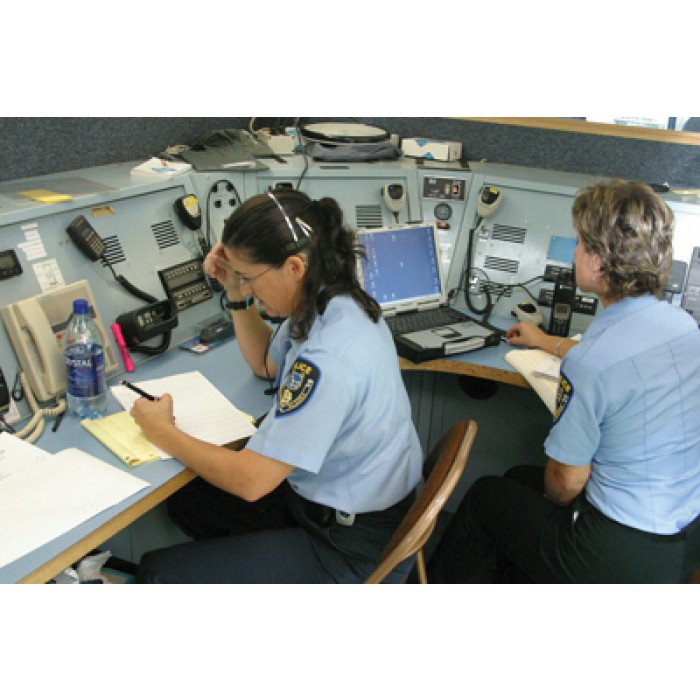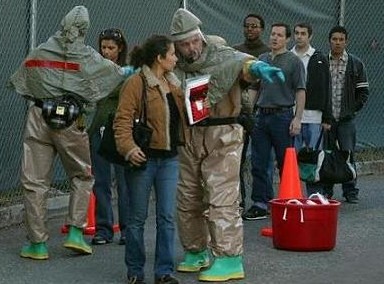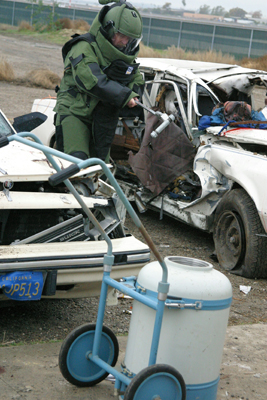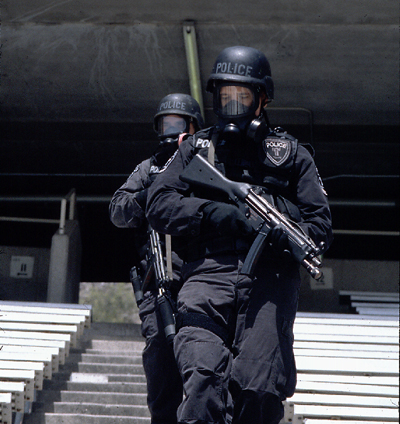Description
NIMS: Introduction to the National Incident Management System DVD provides NIMS safety video training and teaches ICS competency protocols on a national level.
NIMS: Introduction to the National Incident Management System DVD is designed to provide training and information to emergency management, EMS, firefighters, police, personnel at federal agencies, hospital and public health personnel, and others who may be called upon to respond during times of emergency, or who may be involved in managing important events.
The program studies the three basic concepts that form the basis of NIMS, and explains the advantages of using a standardized incident management system during complex response situations. The key components of the system are listed, with an emphasis on Command and Management.
Using footage of “actual and training events”, the program will show how command is established and transferred and the role of emergency operations centers in the incident management system. The concept and use of unified command will be explained, as well as the make up of the incident commander’s staff and the four major sections with roles and responsibilities of each.
Other topics covered include the use of pre-designated incident facilities, resource management, planning, communications, public information activities, mutual aid, incident-related intelligence, establishing Area Command, and Multi-Agency Coordination Systems (MACS), which are used when supporting agencies from local, state and federal government are involved in the incident.
Homeland Security Presidential Directive 5 (HSPD-5) calls for development of the National Incident Management System (NIMS) – a consistent yet flexible nation-wide framework for managing all types of domestic incidents at the local, state, and federal levels of government.
Emergency organizations are required to adopt NIMS in order to receive federal preparedness grants. This program is designed for law enforcement, fire departments, emergency management, and other emergency response organizations.
Topics covered:
- The structure of ICS
- The advantages of using a standardized incident management system during complex response situations
- How Command is established and transferred
- When and how Unified Command is used
- The roles and responsibilities of the Incident Commander’s staff
- The four sections that may be activated at complex incidents: Operations, Planning, Logistics, and Administration & Finance
- The role of Multi-Agency Coordination Systems (MACS) and emergency operations centers
- Managing incident-related intelligence
- Model Procedures Guide Included.







Kristen Escovedo –
Be the first to review this product!